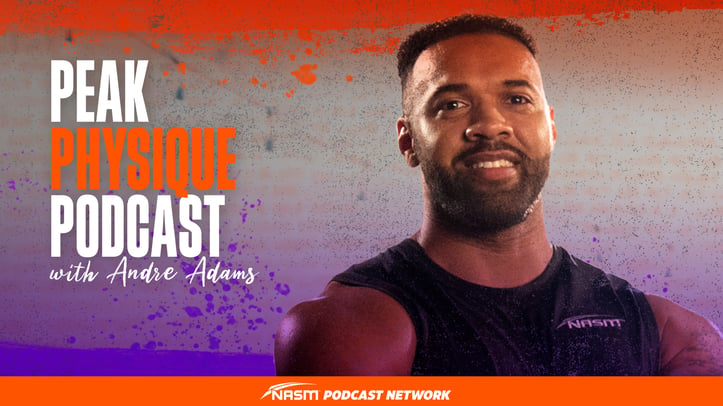Originally appeared in the fall 2017 issue of the American Fitness Magazine.
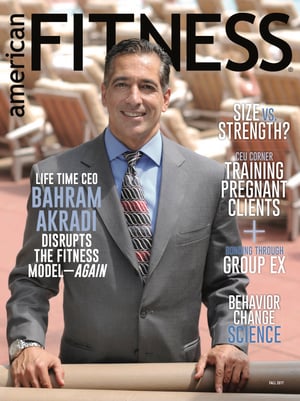 The desire to increase muscle size and strength have inspired their fair share of fads and pseudoscience, promising impressive gains if you do this or buy that. There is something to be said for trends inspiring innovation, but for clients who are serious about achieving maximal strength or hypertrophy (muscle growth), training is not a guessing game. Following a science-based system will always be the best place to begin.
The desire to increase muscle size and strength have inspired their fair share of fads and pseudoscience, promising impressive gains if you do this or buy that. There is something to be said for trends inspiring innovation, but for clients who are serious about achieving maximal strength or hypertrophy (muscle growth), training is not a guessing game. Following a science-based system will always be the best place to begin.
Decades' worth of studies have led to the creation, testing and retesting of highly effective evidence-based models (see "Charting a Course for Clients") that can help exercisers achieve these goals. Here, we'll discuss training for hypertrophy versus maximal strength-a difference that some experienced exercisers may not realize exists-and how to design a program that best meets each client's goals.
Download the fall 2017 issue of the American Fitness Magazine.
Size, Strength and How They're Related
Hypertrophy (or muscular development) is the increase in the size of existing skeletal muscle fibers (Goldberg et al. 1975). The National Academy of Sports Medicine (2018) defines it as "the enlargement of skeletal muscle fibers in response to being recruited to develop increased levels of tension, as seen in resistance training. [It] is characterized by an increase in the cross-sectional area of individual muscle fibers resulting from an increase in myofibril proteins (myofilaments)."
See also: Back to Basics Hypertrophy for a great overview.
Factors such as muscle tension, muscle cell disruption and resultant metabolic waste in and around muscle fibers cause this cellular adaptation. The effects can often be felt 24-48 hours after training in the form of delayed-onset muscle soreness. However, it usually takes up to several months for visible changes to occur, as they happen only after thousands of individual muscle fibers have grown larger (Staron et al. 1994). Increasing hypertrophy has historically appealed to people such as bodybuilders who seek maximal (and observable) muscle growth.
Strength is the ability of the nervous system to recruit as many muscle fibers as possible when needed. NASM (2018) defines strength as "the ability of the neuromuscular system to produce internal tension (in the muscles and connective tissues that pull on the bones) to overcome an external force [or external load].
Strength is considered a neuromuscular adaptation, which means it is largely dependent on the nervous system's ability to communicate with the muscular system as demonstrated by Weier, Pearce & Kidgell (2012), who found that the brain displayed structural changes in the beginning weeks of a strength training program.
Strength is important not only for sports performance, but also for day-to-day life, as it supports lifting and moving about the environment. Maximal strength, specifically, is "the maximum force an individual's muscle can produce in a single voluntary effort, regardless of the rate of force production" (NASM 2018).
See also: Strength Training Principles for New Clients
So, how are the two related? An individual with more muscle mass has larger muscle fibers, and this could generate more tension leading to increased strength. An individual who displays strength may be able to train for longer, which can encourage muscle fibers to grow larger leading to hypertrophy. Therefore, training for one will impact the other. However, to significantly develop either hypertrophy or maximal strength, specific (and differing) training programs must be followed.
Training Variables That Affect Size and Max Strength
Several important variables ultimately determine whether a program will lead to muscle growth or increased strength. Five key variables discussed here are: 1) intensity, 2) repetitions, 3) rest period, 4) sets and 5) exercise selection. While these variables are discussed separately, they are all intricately interwoven.
INTENSITY
For muscular development to occur, all muscle fibers involved need to be stressed, damaged and fatigued. Different types of muscle fibers fatigue at different rates and under different conditions. The intensity must be high enough to generate stress, but low enough to allow sufficient repetitions for fatigue. Hedrick (1995) suggested that a moderate intensity (75-85% of 1-repetition maximum) is sufficient.
Not sure about your one rep max? Try the NASM one-rep-max calculator!
In order to improve strength, the body must be significantly overloaded. Recall that strength is a neuromuscular adaptation, so the connection between the nervous system and the muscular system must speed up. Neuromuscular changes can happen quickly for the untrained individual, but gains quickly fade off if the load is not increased. Therefore, for more than just foundational levels of strength, an individual is encouraged to work out with intensities of 85-100% of 1-RM (NASM 2018).
The tricky thing about intensity is that it is not generalizable to all exercises. For example, someone's bench press will be much different on a flat bench than on an incline. To establish a true estimate of how much an individual can lift, they must be tested on different exercises.
REPETITIONS
The acute variables of intensity and reps work closely together. As intensity goes up, reps must go down.
Muscular development, which occurs at a moderate intensity and tempo, should be performed with a moderate number of reps. Hedrick (1995) and Schoenfeld (2010) suggest that the repetition range should be 6-12. If an individual is performing a lift at 85% of 1-RM, he should aspire to complete 6 repetitions. Conversely, performing a lift at 75% of 1-RM warrants about 12 repetitions.
(Note: A person beginning muscular development training should perform more reps at a lower intensity, slowly increasing intensity and decreasing reps over time.) The repetition tempo is 2/0/2, which is 2 seconds eccentric action, 0 seconds isometric hold and 2 seconds concentric contraction (NASM 2018).
Training for maximal strength occurs at higher levels of intensity. Thus, the repetitions must be drastically lower. Campos et al. (2002) identified that the neuromuscular changes of strength training occur at 1-5 repetitions. The repetition tempo for maximal strength is as fast as can safely be controlled, shown as X/X/X in the sample programming chart below.
REST PERIOD
The moderate repetitions and intensity of hypertrophy/muscular development training necessitates a moderate rest period of 60-90 seconds (Hedrick 1995). A longer rest period may reduce the hypertrophic effect of training; whereas a shorter recovery may not allow completion of the sets required to induce hypertrophy.
Training for maximal strength is much different: When training at near-maximum intensities, near-maximum recovery is required. Studies suggest that 3-5 minutes are needed for a muscle group to recover completely (Willardson & Burkett 2006). If the rest period is too short, the lifter will not be able to complete multiple sets at the high intensity, typically resulting in minimal to no increases in strength.
SETS
Muscles do not naturally want to grow; they must be forced to grow through consistent periods of stress. Therefore, higher volumes of training have been found to yield better results for hypertrophy (Hedrick 1995). Typically, 3-5 sets are recommended for optimal hypertrophy.
Conversely, the development of strength may occur with a moderate volume. For this reason, Peterson et al. (2004) suggested that 2-6 sets were ideal for improving strength, with the NASM guideline being 4-6 sets (2018).
EXERCISE SELECTION
For both strength and muscular development, multijoint exercises are highly recommended. These are foundational movements such as squats, bench presses, deadlifts, shoulder presses and rows.
Schoenfeld (2010) suggested that multijoint exercises are ideal for hypertrophy because they promote uniform growth of muscle tissue, which is essential for maximizing overall muscle girth. It's worth noting that hypertrophy training also requires variety. Muscles have many different attachment sites with fibers running in many different directions. Therefore, performing similar exercises at various angles and in different positions will enhance the muscle growth effect.
Strength similarly benefits from foundational lifts, which integrate more muscles (prime mover, stabilizer, synergist, etc.) than single-joint exercises do. Therefore, multijoint moves lead to more improvements in strength overall. In a segment produced by T-Nation, notable strength coaches Bret Contreras, Brad Schoenfeld & Charles Staley add that specificity matters (to get strong in the squat, you need to squat) and that secondary lifts can be used to address weak points (Contreras 2013).
Jump to a hypertrophy workout example in another blog.
Training for Strength and Size Simultaneously?
Many people think (and train) as though hypertrophy and strength occur at the same time. In fact, many training variables do overlap. For example, higher-intensity hypertrophy training meets the lower-intensity needs of strength, which leads to some strength increases.
However, it is a very small window of overlap. To more effectively achieve the two, training hypertrophy and strength as separate entities will yield the best results.
Charting a Course for Clients
The science of exercise likely began in 1569 when Italian physician Gerolamo Mercuriale published a book detailing studies on how the Greeks and Romans approached diet, exercise and treatment of disease (Ford 1955).
Since then, thousands of studies have been done on these subjects, leading to the creation of the evidence-based NASM Optimum Performance Training™ model, which progresses clients safely through three levels of training (at right), including the Strength Level, which includes Phase 3: Muscular Development (Hypertrophy) and Phase 4: Maximal Strength (NASM 2018).
The acute variables utilized in the NASM OPT™ model integrate the same scientific principles mentioned in this article, along with much of the same research. The OPT model is designed to take the guesswork out of training and provide personal trainers a proven reference guide.
Below are examples that show the differences in training protocols for muscular development versus strength.
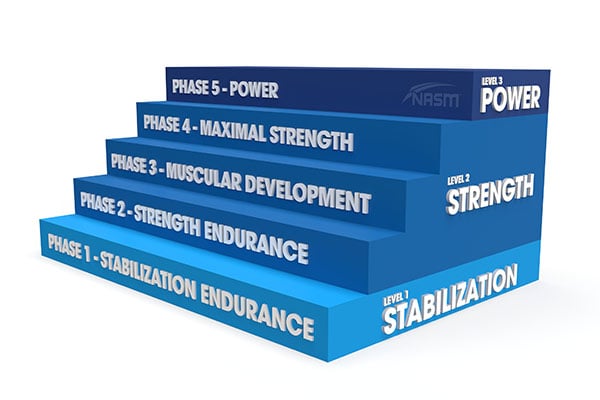

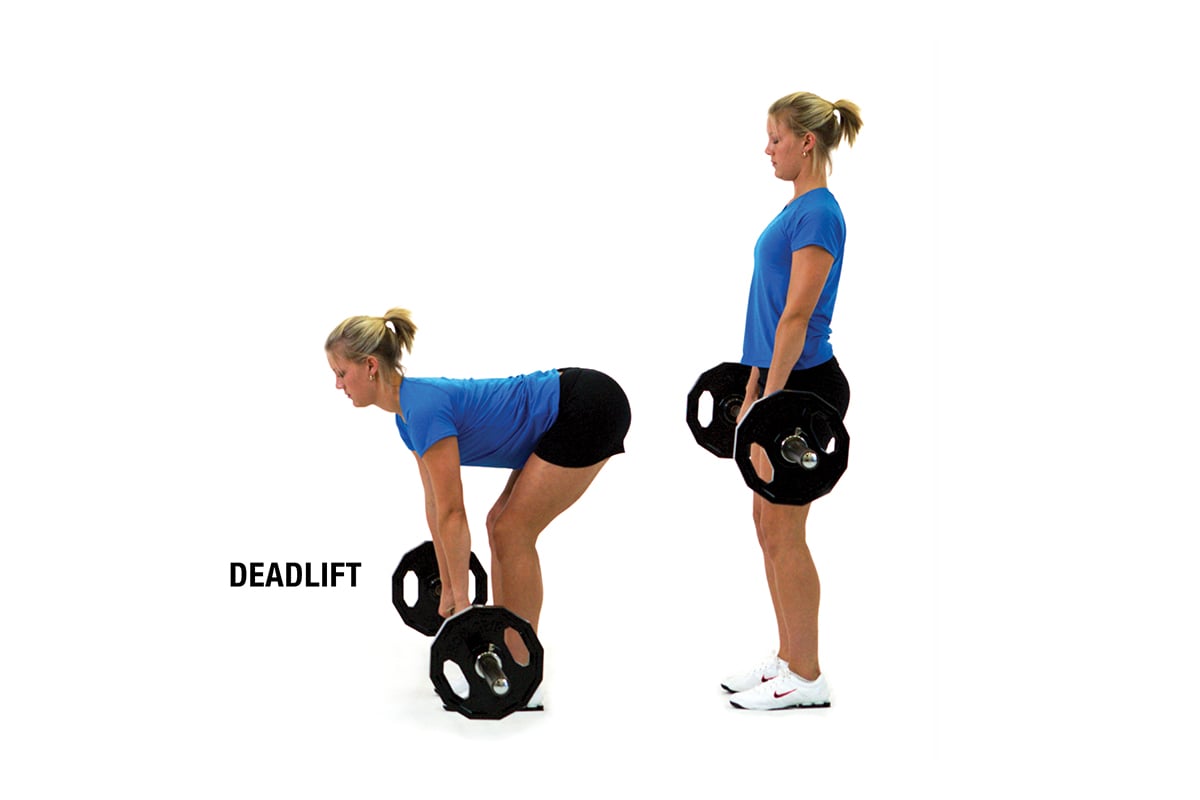

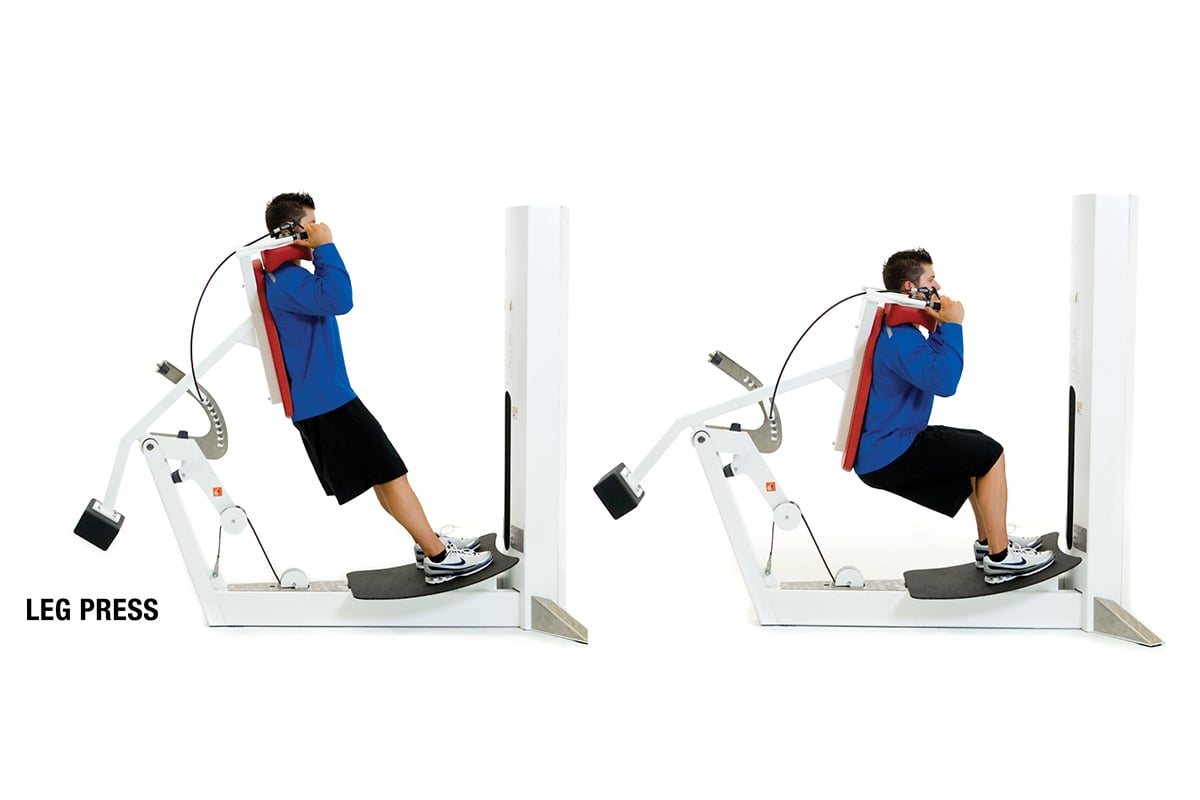

The acute variables of intensity and reps work closely together. As intensity goes up, reps must go down.
For both strength and hypertrophy, multijoint exercises are highly recommended. These are foundational movements such as squats, bench presses, deadlifts, shoulder presses and rows.


